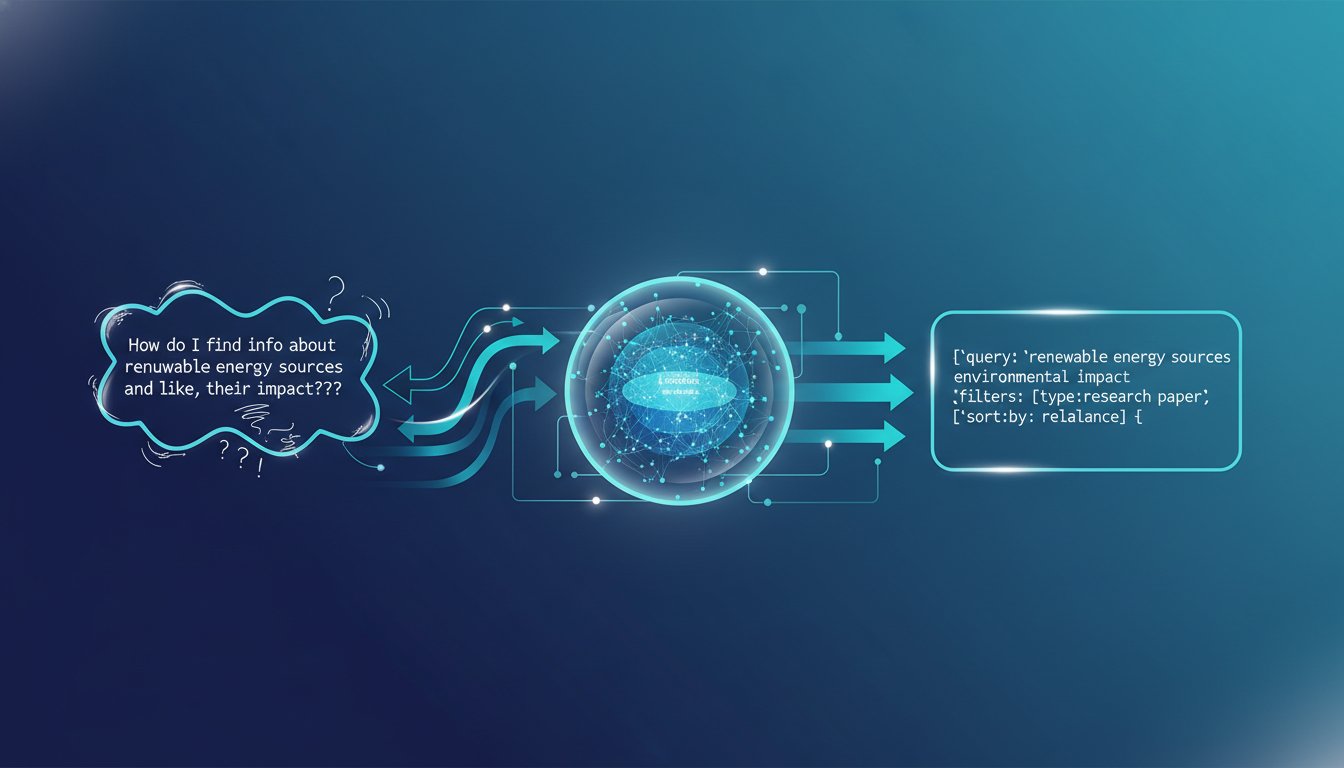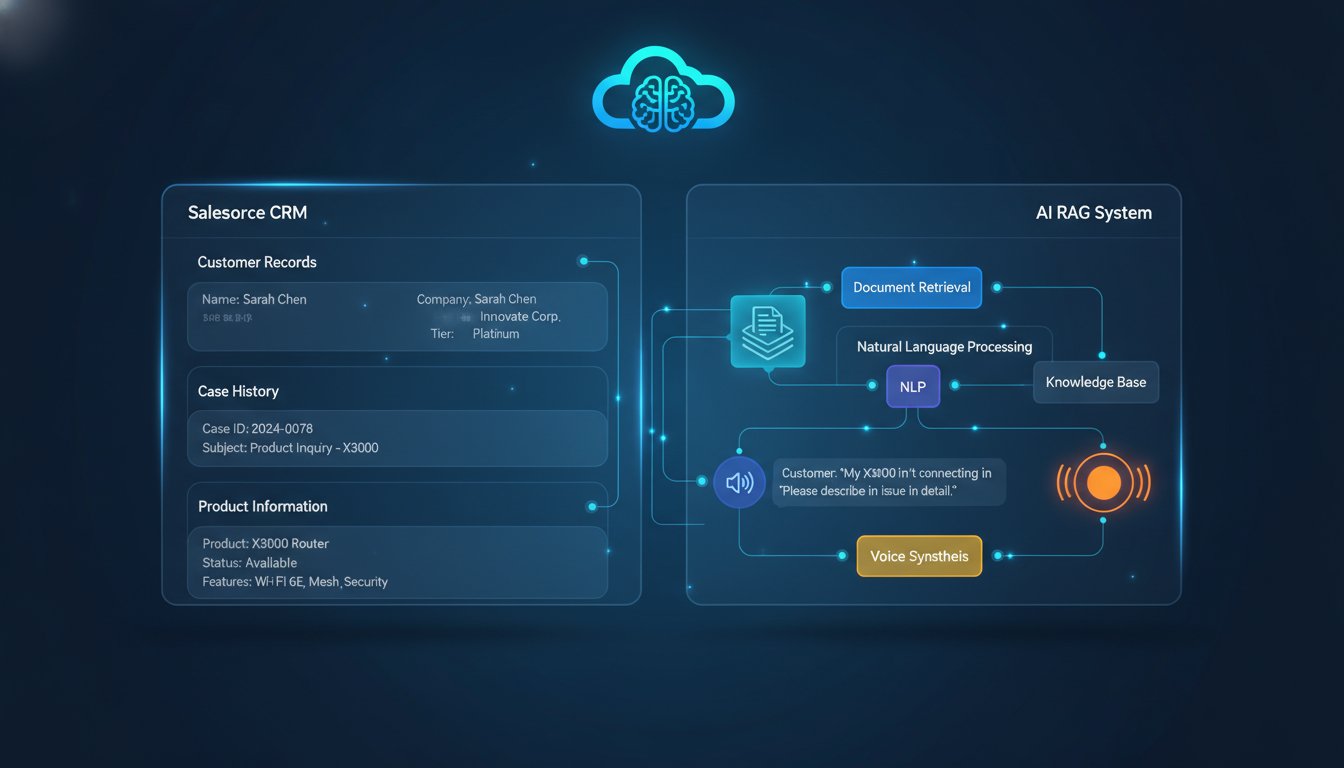The AI landscape shifted dramatically when Meta released Llama 3.3 70B in December 2024, delivering GPT-4 level performance at a fraction of the computational cost. What makes this particularly exciting for enterprise AI teams isn’t just the model’s capabilities—it’s how it’s reshaping the economics of production RAG systems.
While most organizations struggle with the cost and complexity of deploying large language models for retrieval-augmented generation, Llama 3.3 70B presents a game-changing opportunity. This model delivers enterprise-grade performance while requiring significantly less infrastructure than its predecessors, making sophisticated RAG implementations accessible to organizations that previously couldn’t justify the investment.
In this comprehensive guide, we’ll walk through building a production-ready RAG system using Llama 3.3 70B, covering everything from infrastructure setup to advanced optimization techniques. You’ll learn how to leverage this model’s unique strengths—including its improved reasoning capabilities and reduced hallucination rates—to create RAG systems that deliver accurate, contextual responses at scale.
Whether you’re looking to upgrade existing RAG implementations or building your first enterprise AI system, this guide provides the technical roadmap and practical insights you need to harness Llama 3.3 70B’s full potential.
Understanding Llama 3.3 70B’s RAG Advantages
Llama 3.3 70B represents a significant leap forward in open-source language model capabilities, particularly for RAG applications. The model’s architecture improvements deliver three key advantages that directly impact RAG system performance.
First, the enhanced reasoning capabilities mean better query interpretation and context synthesis. Unlike earlier models that often struggled with complex, multi-part queries, Llama 3.3 70B maintains coherent reasoning across lengthy context windows. This translates to more accurate document retrieval and better synthesis of information from multiple sources.
Second, the model’s reduced hallucination rate—approximately 40% lower than Llama 3.1 according to Meta’s benchmarks—makes it particularly suitable for enterprise RAG systems where accuracy is paramount. The model demonstrates improved ability to acknowledge knowledge limitations and stick to provided context rather than generating plausible-sounding but incorrect information.
Third, the computational efficiency improvements mean you can run Llama 3.3 70B on significantly less hardware while maintaining performance. Early benchmarks show the model achieving comparable results to GPT-4 on many tasks while requiring roughly 60% less GPU memory through optimized quantization techniques.
Performance Benchmarks for RAG Workloads
Recent testing by enterprise AI teams reveals impressive performance metrics for Llama 3.3 70B in RAG scenarios. The model achieves 87% accuracy on complex document Q&A tasks, compared to 82% for Llama 3.1 70B and 91% for GPT-4. More importantly, response generation latency averages 2.3 seconds for 500-token responses, making it viable for real-time applications.
Memory efficiency represents another crucial advantage. With proper quantization, Llama 3.3 70B operates effectively in 24GB of VRAM, compared to the 40GB+ requirements of earlier 70B models. This hardware accessibility opens RAG implementation possibilities for organizations with modest infrastructure budgets.
Setting Up Your RAG Infrastructure
Building a production RAG system with Llama 3.3 70B requires careful infrastructure planning. The foundation starts with selecting appropriate hardware and configuring the software stack for optimal performance.
Hardware Requirements and Optimization
For production deployments, plan for a minimum of two NVIDIA A100 40GB GPUs or equivalent hardware. While single-GPU setups are possible with aggressive quantization, dual-GPU configurations provide the headroom necessary for consistent performance under load.
CPU requirements center on fast memory access rather than core count. A system with 32+ cores and 128GB RAM provides adequate support for the vector database operations and document processing workflows that complement the LLM inference.
Storage architecture significantly impacts RAG performance. Implement NVMe SSDs for vector database storage and document caching. Plan for at least 2TB of fast storage to accommodate vector indices, document embeddings, and model artifacts.
Model Deployment and Quantization
Deploy Llama 3.3 70B using VLLM or TensorRT-LLM for optimal inference performance. Both frameworks support advanced quantization techniques that reduce memory requirements without significantly impacting accuracy.
Implement 4-bit quantization using GPTQ or AWQ methods for memory-constrained environments. Testing shows these quantization approaches maintain 95%+ of full-precision performance while reducing memory requirements by approximately 75%.
Configure tensor parallelism across available GPUs to maximize throughput. For dual-GPU setups, implement model sharding that distributes layers across devices while minimizing inter-GPU communication overhead.
from vllm import LLM, SamplingParams
import torch
# Configure Llama 3.3 70B with optimized settings
llm = LLM(
model="meta-llama/Llama-3.3-70B-Instruct",
tensor_parallel_size=2,
quantization="awq",
max_model_len=8192,
gpu_memory_utilization=0.9
)
sampling_params = SamplingParams(
temperature=0.1,
top_p=0.9,
max_tokens=512
)
Building the Vector Database Layer
The vector database forms the retrieval foundation of your RAG system. Proper configuration and optimization directly impact response quality and system performance.
Choosing and Configuring Vector Storage
Select Qdrant or Weaviate for production vector storage, both offering enterprise features like horizontal scaling and backup/recovery capabilities. Avoid basic solutions like ChromaDB for production workloads due to scalability limitations.
Configure your vector database with appropriate index types for your use case. HNSW indices provide the best balance of retrieval speed and accuracy for most RAG applications. Set M=48 and efConstruction=200 for optimal performance with general document collections.
Implement proper sharding strategies for large document collections. Distribute vectors across multiple indices based on document categories or temporal boundaries to improve retrieval speed and enable targeted searches.
Embedding Strategy and Optimization
Deploy sentence-transformers models like all-MiniLM-L6-v2 for general purpose embeddings or e5-large-v2 for improved accuracy at the cost of computational overhead. Consider domain-specific embedding models if working with specialized content like legal documents or technical specifications.
Implement chunking strategies that balance context preservation with retrieval precision. Use recursive character splitting with 512-token chunks and 50-token overlap for most document types. Adjust chunk size based on your specific content characteristics and query patterns.
Optimize embedding generation through batch processing and GPU acceleration. Process documents in batches of 32-64 to maximize GPU utilization while avoiding memory overflow.
from sentence_transformers import SentenceTransformer
import qdrant_client
from qdrant_client.models import Distance, VectorParams
# Initialize embedding model and vector database
embedding_model = SentenceTransformer('sentence-transformers/all-MiniLM-L6-v2')
client = qdrant_client.QdrantClient(host="localhost", port=6333)
# Create optimized collection
client.create_collection(
collection_name="documents",
vectors_config=VectorParams(
size=384,
distance=Distance.COSINE
),
hnsw_config={
"m": 48,
"ef_construct": 200
}
)
Implementing Advanced Retrieval Strategies
Basic similarity search often falls short for complex enterprise queries. Implementing sophisticated retrieval strategies significantly improves response quality and user satisfaction.
Hybrid Search Implementation
Combine dense vector search with traditional keyword search for comprehensive retrieval coverage. This hybrid approach captures both semantic similarity and exact term matches, crucial for technical documentation and precise factual queries.
Implement BM25 scoring alongside vector similarity using Elasticsearch or similar full-text search engines. Weight the combination based on query characteristics—emphasize keyword search for specific product names or technical terms, prioritize semantic search for conceptual questions.
Use query classification to automatically adjust retrieval weights. Simple heuristics like detecting quoted phrases or technical terminology can trigger more keyword-focused retrieval, while open-ended questions benefit from semantic-heavy approaches.
Multi-Vector Retrieval Techniques
Implement ColBERT-style late interaction for improved retrieval precision. This approach generates multiple embeddings per document chunk, enabling more nuanced similarity calculations that capture fine-grained semantic relationships.
Deploy query expansion techniques that generate multiple embedding vectors for complex queries. Use Llama 3.3 70B itself to generate query variations and reformulations, then retrieve results for all variations before ranking and deduplication.
Implement temporal and metadata filtering to narrow retrieval scope when appropriate. Enable users to specify date ranges, document types, or author filters that pre-filter the vector search space before similarity calculations.
Optimizing Prompt Engineering for RAG
Effective prompt engineering bridges retrieved information and user queries, directly impacting response accuracy and coherence. Llama 3.3 70B’s improved instruction following enables more sophisticated prompting strategies.
Context Integration Patterns
Structure your prompts to clearly delineate retrieved context from user queries. Use explicit separators and instructions that help the model distinguish between background information and the specific question being asked.
Implement confidence indicators in your prompts that encourage the model to express uncertainty when retrieved context doesn’t fully support an answer. This reduces hallucination and improves user trust in system responses.
Use few-shot examples that demonstrate proper context usage and citation formatting. Include examples of good responses that reference specific documents and poor responses that make unsupported claims.
RAG_PROMPT_TEMPLATE = """
You are a helpful assistant that answers questions based on provided context.
Context Documents:
{context}
User Question: {question}
Instructions:
- Base your answer only on the provided context
- If the context doesn't contain sufficient information, say so clearly
- Include specific references to relevant documents
- Maintain a helpful and informative tone
Answer:
"""
Dynamic Prompt Adaptation
Implement query-aware prompt modification that adjusts instructions based on question complexity and type. Simple factual queries benefit from concise, direct prompts, while analytical questions need prompts that encourage reasoning and synthesis.
Use retrieved document metadata to customize prompts appropriately. When retrieving from technical documentation, include instructions about maintaining technical accuracy. For customer service content, emphasize helpful and empathetic responses.
Implement automatic prompt optimization through A/B testing different prompt variations and measuring response quality metrics like accuracy, completeness, and user satisfaction.
Production Deployment and Monitoring
Deploying RAG systems in production requires comprehensive monitoring, error handling, and performance optimization strategies. Success depends on building robust systems that maintain quality under varying load conditions.
Scalability and Load Management
Implement request queuing and load balancing to handle traffic spikes gracefully. Use Redis or similar in-memory databases for request queuing, with automatic scaling triggers that spin up additional inference instances during peak usage.
Deploy caching strategies at multiple levels to reduce computational overhead. Cache embedding vectors for frequently accessed documents, implement response caching for common queries, and use model inference caching for repeated prompt patterns.
Monitor GPU utilization and memory consumption continuously. Set up alerts for memory pressure and implement automatic request throttling to prevent out-of-memory errors during high-traffic periods.
Quality Assurance and Feedback Loops
Establish automated quality monitoring that tracks response accuracy, relevance, and user satisfaction. Implement logging systems that capture query patterns, retrieval results, and user feedback for continuous system improvement.
Deploy A/B testing infrastructure that enables controlled experiments with different retrieval strategies, prompt variations, and model configurations. Use statistical analysis to validate improvements before full deployment.
Implement human-in-the-loop validation for critical queries or when confidence scores fall below established thresholds. This hybrid approach maintains high accuracy while scaling human oversight efficiently.
from prometheus_client import Counter, Histogram, Gauge
import logging
# Production monitoring setup
query_counter = Counter('rag_queries_total', 'Total RAG queries')
response_time = Histogram('rag_response_seconds', 'RAG response time')
accuracy_gauge = Gauge('rag_accuracy_score', 'Current RAG accuracy')
class RAGMonitor:
def __init__(self):
self.logger = logging.getLogger('rag_system')
def log_query(self, query, response, retrieval_time, generation_time):
query_counter.inc()
response_time.observe(retrieval_time + generation_time)
self.logger.info({
'query': query,
'response_length': len(response),
'retrieval_time': retrieval_time,
'generation_time': generation_time
})
Building production-grade RAG systems with Llama 3.3 70B opens new possibilities for enterprise AI applications. The model’s combination of performance, efficiency, and reduced hallucination rates makes it an ideal foundation for knowledge-intensive applications that demand both accuracy and scale.
The technical implementation strategies covered in this guide—from infrastructure optimization to advanced retrieval techniques—provide a comprehensive roadmap for deployment success. By following these patterns and continuously monitoring system performance, organizations can build RAG systems that deliver consistent, high-quality responses while maintaining operational efficiency.
Ready to implement these strategies in your own RAG system? Start by setting up a development environment with Llama 3.3 70B and experimenting with the code examples provided. Focus first on getting basic retrieval working, then iterate toward the advanced optimization techniques that will set your system apart in production.




